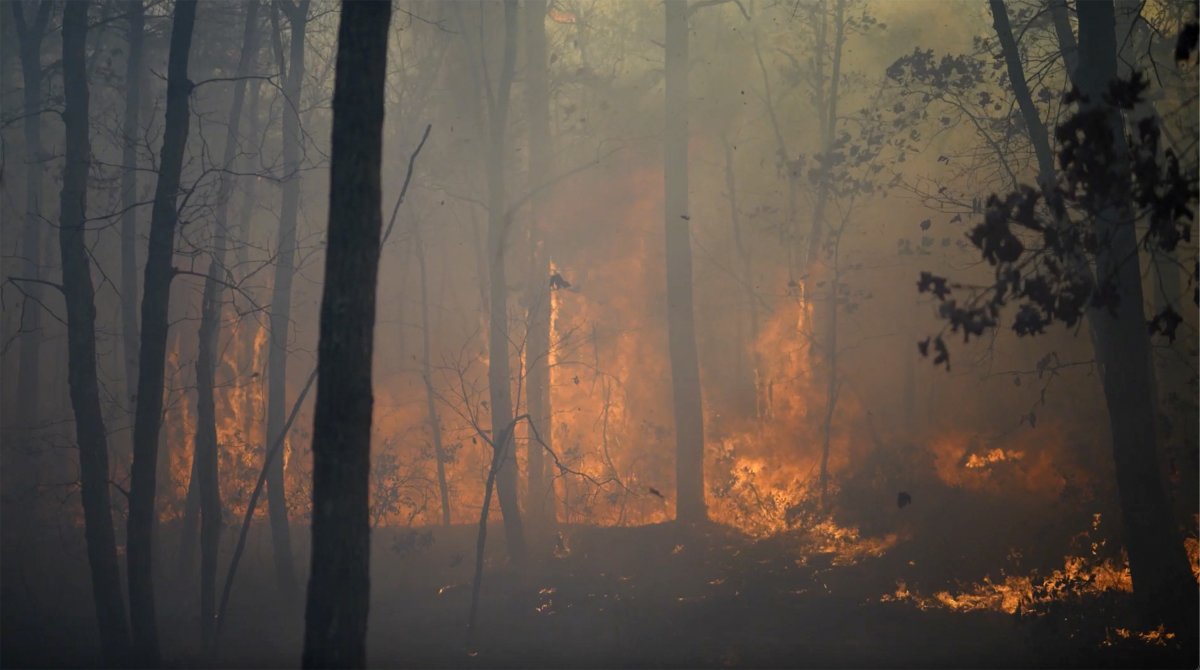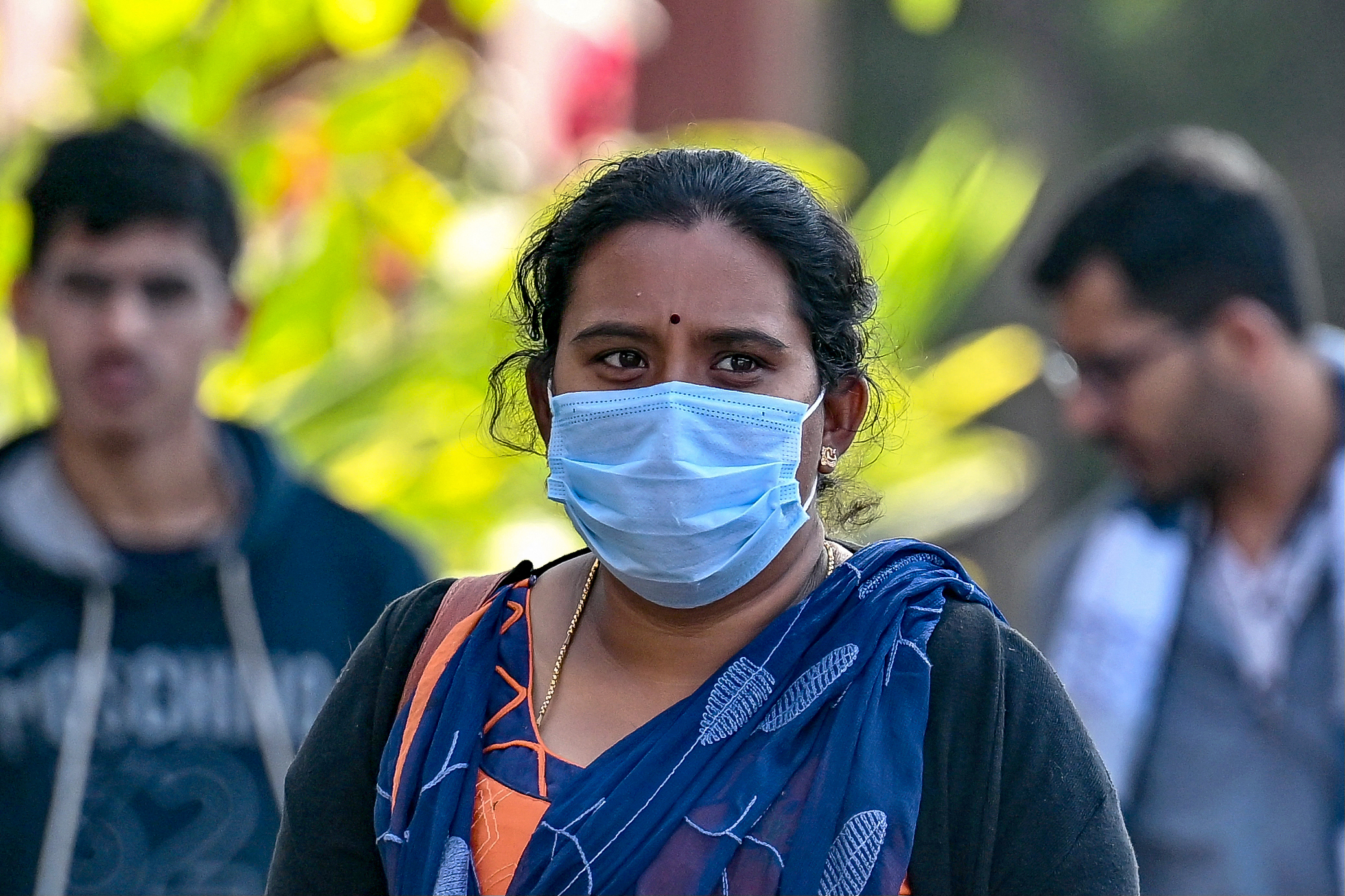A new map updated by the New Jersey Forest Fire Service shows that the entire state is at risk of fires, ranging from "high" risk in the south to "extreme" risk in the north.
The fires have already claimed one life, and according to the NJFFS, the fire raging between New Jersey and New York is still only 20 percent contained.
Caryn Shinske, a public information officer for the NJFFS, told Newsweek that the service is "extraordinarily busy" due to the state's fires.
The NJFFS stated on social media that it is facing "significant challenges" battling state fires, specifically the Jennings Creek wildfire in West Milford on the border of New Jersey and New York, which is still burning across 3,500 acres.

In a press conference Monday on the ongoing Jennings Creek fire, Chris Franek, assistant division fire warden, said: "The challenges that we are facing with the fire are, first of all, it is in a remote area, the terrain is very rugged, and we also have shifting winds."
The NJFFS said on X that it will deploy helicopters capable of dropping 250 gallons of water into the zone. It has already deployed Fores Fire Service engines and ground crews to contain the blaze.
The NJFFS defines a wildfire as a "major wildfire" after it exceeds 100 acres in size. At 3,500 acres, the Jennings Creek fire is far beyond the state's definition of "major. "
Fires are also burning in other parts of the state, including Passaic County and Jackson Township.
While the cause of the Jennings Creek fire remains unknown, local news station Fox 5 reports that the Jackson Township fire was caused by arson.
Fox 5 reported that Ocean County prosecutors are producing arson and firearms charges in connection with the blaze. Prosecutors claimed on November 9 that the fire was sparked by "magnesium shards from a shotgun round."

The Tri-State Area fires turned deadly yesterday when a teenager was killed in one of the many blazes across New Jersey and New York.
Dariel Vasquez, 18, was battling the fires in Greenwood Lake, near the New Jersey border, when, per authorities, a tree fell on him. His death remains under investigation.
October was also the driest month in New York City history. A fall drought has affected large areas of the United States, making forest fires much more likely to catch and keep burning.
Do you have a story we should be covering? Do you have any questions about this article? Contact LiveNews@newsweek.com

















:quality(85):upscale()/2024/04/24/878/n/3019466/36c5693c662965c5d1ce91.72473705_.jpg)


 English (US) ·
English (US) ·